Balancing Low Latency, High Availability, and Cloud Choice
VoltDB
MAY 14, 2024
Balancing Low Latency, High Availability and Cloud Choice Cloud hosting is no longer just an option — it’s now, in many cases, the default choice. Even then, AWS can elect to ‘move’ your server to different physical hardware without warning, a process that involves ‘only’ a few seconds of downtime. Why are they refusing?


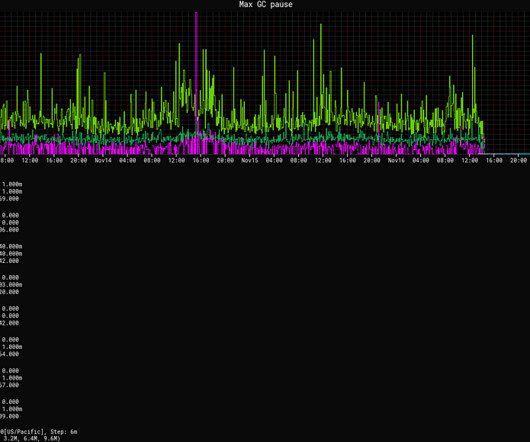
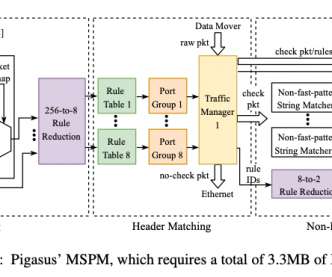

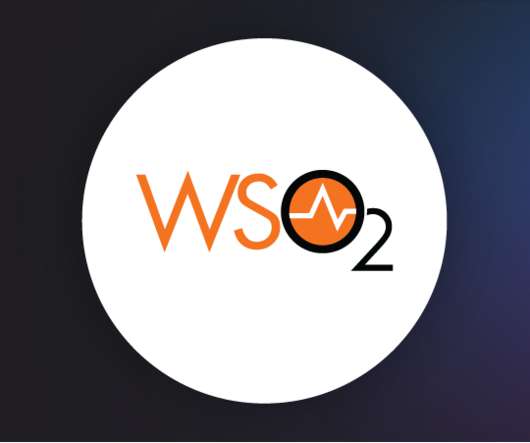



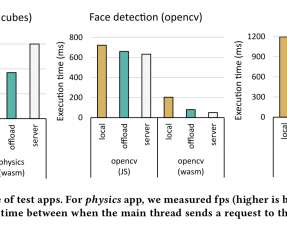


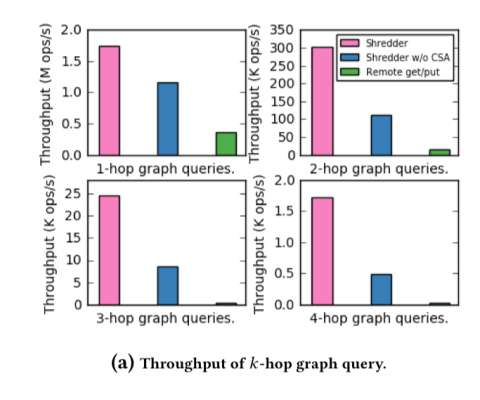

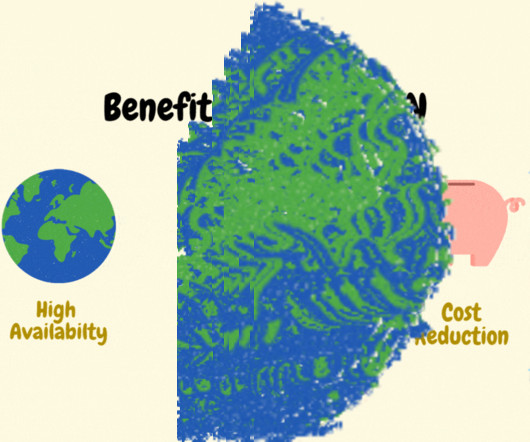
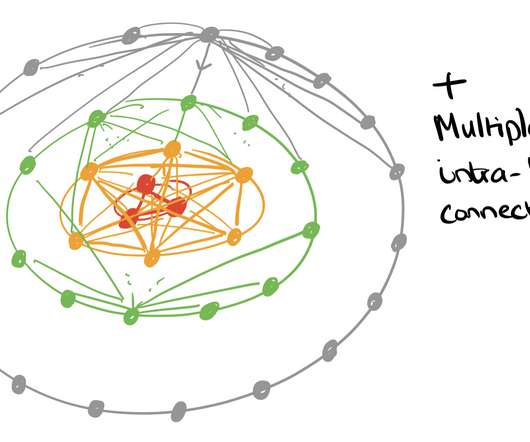





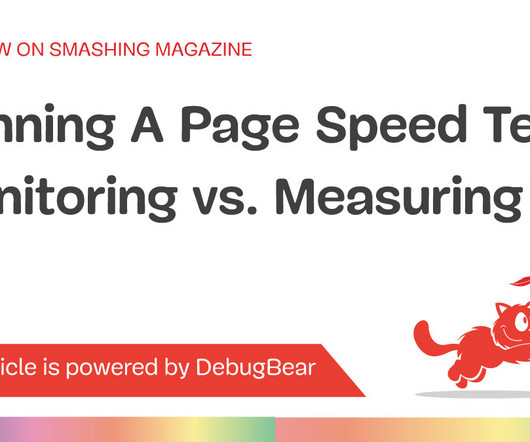






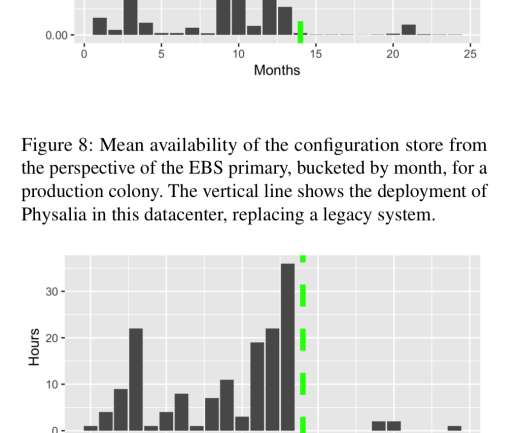
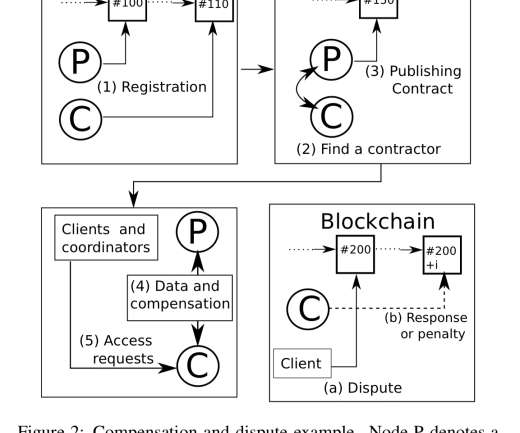




















Let's personalize your content